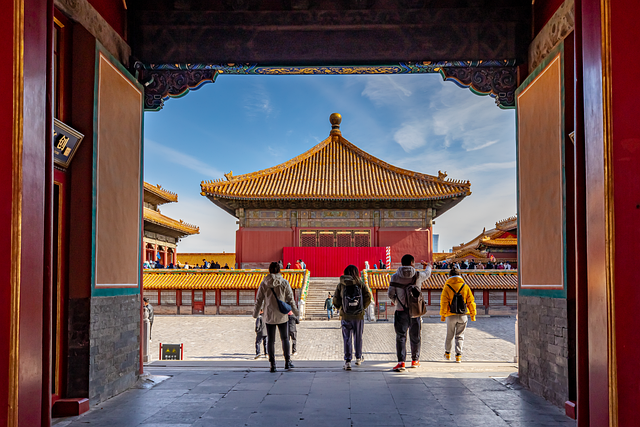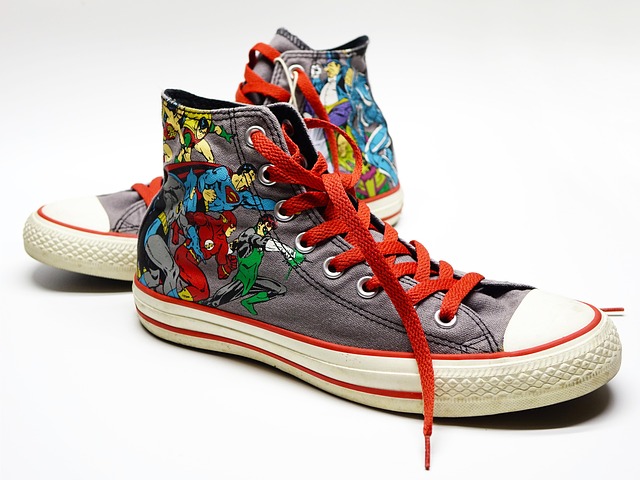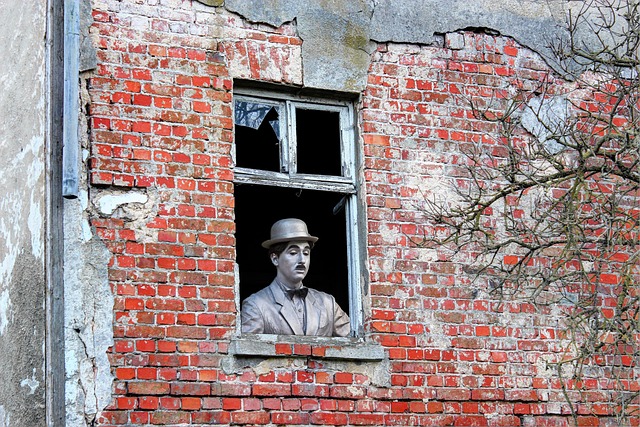
Artistic Expression
Artistic Expression
Artistic expression encompasses a wide range of activities and forms through which individuals convey their ideas, emotions, and experiences. This expression can be observed in various art forms, including painting, literature, music, and performance. Each of these mediums serves not only as a means of personal expression but also as a reflection of cultural values and societal issues.
The Role of Artistic Expression in Society
Art has historically played a significant role in shaping and reflecting societal norms and values. Through artistic expression, artists communicate their unique perspectives, allowing audiences to engage with and understand complex social issues. This engagement often leads to a deeper connection between the artist and the audience, fostering a sense of community and shared experience.
Emotional Communication through Art
One of the most profound aspects of artistic expression is its ability to convey emotions. Various psychological states can be expressed through art, but the expression of emotion is particularly prominent in philosophical discussions surrounding art. Emotions are often depicted through characters in visual art, literature, and performance, allowing the audience to experience these feelings vicariously.
For instance, a painting may evoke feelings of sadness not merely because it depicts a sorrowful scene, but because the elements within the artwork—such as color, composition, and subject matter—convey that emotion. This nuanced communication allows for a rich interaction between the artwork and its audience.
Art as a Reflection of Cultural Values
Artistic expression serves as a mirror to the cultural values of a society. Artists often draw inspiration from their surroundings, reflecting the beliefs, struggles, and aspirations of their communities. This reflection can take many forms, from traditional folk art that embodies local customs to contemporary pieces that challenge societal norms.
Moreover, art can act as a catalyst for social change. By highlighting issues such as inequality, injustice, and environmental concerns, artists can inspire audiences to reflect on their own values and actions. This transformative potential of art underscores its importance in fostering dialogue and understanding within society.
The Diversity of Artistic Forms
Artistic expression is not confined to any single medium; rather, it spans a diverse array of forms. Each form offers unique opportunities for expression and communication. For example:
- Visual Arts: This includes painting, sculpture, and photography, where artists utilize visual elements to convey messages and emotions.
- Literature: Through poetry, novels, and essays, writers explore complex themes and emotions, often reflecting personal and societal experiences.
- Music: Musical compositions can evoke a wide range of emotions, often transcending language barriers and connecting people on a universal level.
- Performance Arts: This includes theater, dance, and other live performances that engage audiences through physical expression and storytelling.
Conclusion
Artistic expression is a vital aspect of human experience, serving as a conduit for emotional communication and cultural reflection. Through various forms of art, individuals can share their perspectives, challenge societal norms, and foster connections with others. As society continues to evolve, the role of artistic expression remains crucial in shaping our understanding of the world and ourselves.

















 Rivalry Jerseys
Rivalry Jerseys 
 Health
Health  Fitness
Fitness  Lifestyle
Lifestyle  Tech
Tech  Travel
Travel  Food
Food  Education
Education  Parenting
Parenting  Career & Work
Career & Work  Hobbies
Hobbies  Wellness
Wellness  Beauty
Beauty  Cars
Cars  Art
Art  Science
Science  Culture
Culture  Books
Books  Music
Music  Movies
Movies  Gaming
Gaming  Sports
Sports  Nature
Nature  Home & Garden
Home & Garden  Business & Finance
Business & Finance  Relationships
Relationships  Pets
Pets  Shopping
Shopping  Mindset & Inspiration
Mindset & Inspiration  Environment
Environment  Gadgets
Gadgets  Politics
Politics 